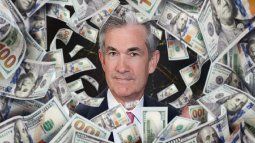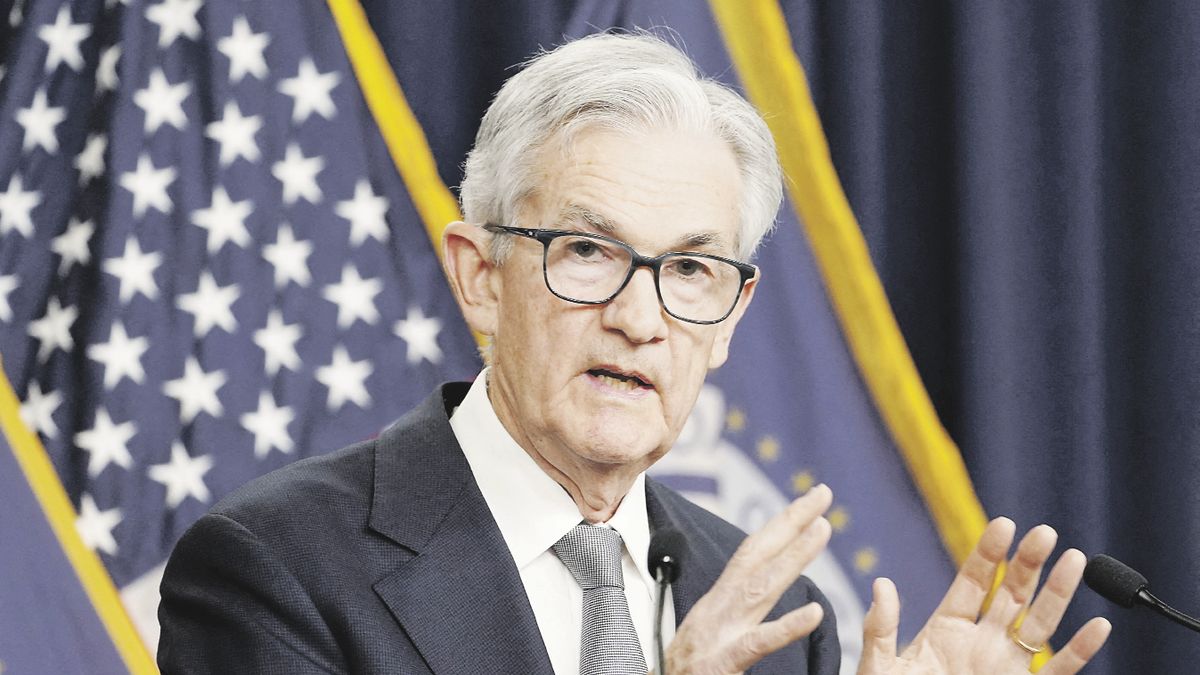The S&P 500 index returned to the top after two years, 500 wheels and 525 basis points of monetary tightening. The Fed is in no hurry to unravel, especially with such a demonstration of power.
Wall Street had one fixed idea: a rate cut in March. But you will have to wait. You don’t need it, either. He S&P 500 index returned to the top after two years, 500 wheels and 525 base points of monetary squeeze. Without breaking a sweat, as if he didn’t want to, he smashed all-time highs. It closed on Friday at 4839.91 points and crown, along with the Dow Jones Industrial and the Nasdaq 100, a triple summit at heights never before visited. The Fed is in no hurry to unravel, especially with such a demonstration of power. If you look at the details, you will notice, however, that technology is the unstoppable driving force of the rise. The other sectors are a diffuse platoon that accompanies at a distance their own records and the vigor (and valuation) of the booming technology companies. Digging deeper, the Russell 2000, the Brancaleone Armada of small companies, is the caboose of the bull market. Technology deploys its own agenda, it can thrive in bad times or in good times, as seen in the pandemic and after. The Russell 2000, which drags the always dubious quality of its members, advances only if the cycle remains sunny. That’s why he’s crossing his fingers that the Fed maneuvers the landing successfully.
The content you want to access is exclusive to subscribers.
As said, the markets had one fixed idea: the rate cut in March. In reality, it was not a fixture in Washington. There it was always a coin toss (with a 46% probability of occurrence, according to the futures of Chicago on Friday, 30 points less than a week ago). The central bank will begin cutting its rates this year, but it is in no rush. And much less, an assigned date. Watch and wait is the current unspoken rule. Governor Chris Waller, a hawk turned dove, said it very clearly. There are no problems with activity and employment. “And we are within striking distance of our inflation target.” The economy lands, which is no small thing, with the tameness of a glider. Why rush if “everything is fine”? Believe it or not, after a steep rise in interest rates, the Fed cavalry should not rush to the rescue. No request for help has been recorded. And now the bull market (which started on October 12, 2022) reconfirms the honesty of its credentials. It’s not a bear trap.


Good to Know: Waller believes it is advisable to reduce rates in 2024. Only two out of 19 senior officials would be reluctant. But, as pointed out Mary Daly, of the San Francisco Fed, “the decline is not around the corner.” In the middle of December, Jay Powell hinted at that possibility (which others immediately denied). Despite this, the economy has strengthened since then, the unemployment rate did not spiral as many feared, and a possible reason has dissipated. “It could be in the third quarter,” he said. Raphael Bostic, of the Atlanta Fed, who spoke twice during the week. In the second, he was more generous. “Perhaps there could be a reduction before July, he conceded, if compelling evidence emerges that inflation slows further.” Quite the opposite of what consumer prices indicated in December. However, the yardstick used by the Fed, the personal consumption deflator, less dependent on the cost of housing, can provide it. A candle will be lit on Friday. But even so, it will be necessary to moderate the aspiration that the rate reductions be six and not the three indicated in the official points map.
Stocks and bonds, parallel lives? Some break new records and the others, in penance. A solid economy, and inflation under control, is the best scenario for the Stock Market. Bonds, if given the choice, would prefer the flashes of weakness that spooked Powell. After growing 4.9% between June and September, hitting the brakes was expected. But, according to the Atlanta Fed, the economy expanded 2.4% in the final quarter of 2023 (including a dip in consumption in October). It will be known on Thursday. If the data does not reverse, long bonds will remain offside. Ten years later, the rate climbed above 4% again. Their poor valuation does not punish them as being poorly purchased. The fixed idea of starting the cuts in March, and continuing quickly afterwards, meant a quick capital gain that vanished and forced the most aggressive to rearrange their portfolios. Nothing that Wall Street can’t digest without losing sleep.
Source: Ambito




